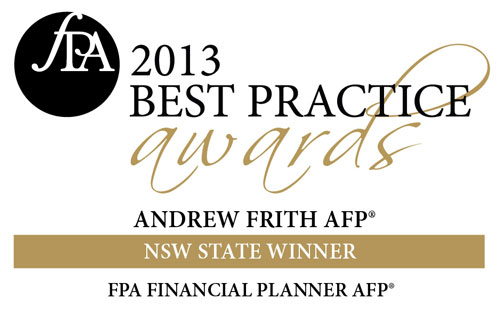The Government recently released for public consultation the third round of exposure draft legislation and explanatory material to lower the annual non-concessional contributions (‘NCCs’) cap to $100,000 and restrict eligibility to make NCCs to individuals with superannuation balances below $1.6 million from 1 July 2017.
While this legislation is in exposure draft form only (and has not yet been introduced in Parliament as a Bill) it’s important for advisers and those hoping to get some more money into super by way of NCCs to become familiar with the latest proposals. If the latest proposals get finalised as law, they may be effective from 1 July 2017, leaving a small window of opportunity for people to act.
Perhaps the most time sensitive change is the lowering of the annual NCC cap to $100,000 (down from $180,000) for FY2017 and the corresponding reduction in the amount allowed to be contributed under the three year bring forward rule (the current amount is $540,000 – this is to be lowered to $300,000 from 1 July 2017 subject to transitional rules).
The other key change is the requirement that an individual must have a total superannuation balance (‘TSB’) immediately before the start of each financial year (‘FY’) of less than the general transfer balance cap (for a discussion on the transfer balance cap please see this article) which is $1.6 million for FY2018 – to be indexed in increments of $100,000 – to be eligible to make further NCCs. From 1 July 2017, if a member has a TSB of more than $1.6 million on the prior 30 June they will be precluded from making further NCCs.
The practical implication of this, simply put, is that a lot of people may want to make contributions prior to 1 July 2017. However, the complexity of the new proposals means that expert advice and, in particular, appropriate advice – bearing in mind the Australian financial services licence (‘AFSL’) rules – needs to be provided.
How it will work
The importance of timing is probably best illustrated by a practical example.
First, let’s compare the current position with the proposed changes.
Under the current law, we have an annual NCCs cap of $180,000. Under the current bring forward rule, the total NCCs cap for the current FY and the next two FYs of $540,000, provided that:
- NCCs in that first FY exceeded $180,000
- the member did not trigger the bring forward rule in any of the two prior FYs and
- the member is under age 65 at any time during the first FY.
However, the following changes are proposed from 1 July 2017:
The three year bring forward rule is retained but the annual $180,000 NCCs cap is to be reduced to an annual $100,000 NCCs cap.
- Individuals with total super balances of greater than $1.6 million on each prior 30 June are unable to make NCCs in next FY.
- Transitional rules apply, meaning that if an individual has triggered the bring forward rule and has not fully used their NCCs bring forward amount before 1 July 2017, the remaining bring forward amount will be reduced on 1 July 2017 to reflect the new annual caps.
So, how does this work in practice?
Take Jane. Jane is under 65, and has not triggered the bring forward rule in FY2015 or FY2016. She had $100,000 in super on 1 July 2016, and made a NCC of $200,000 on 25 October 2016. She now wants to (and is in a position to do so) make further NCCs.
If Jane makes another NCC before 1 July 2017, she can contribute a further $340,000 (as she gets the benefit of the full $540,000 bring forward cap).
But if Jane waits until 1 July 2017 to make a further NCC, the maximum amount she can contribute is a further $180,000. Why? Because as Jane did not fully use her NCC bring forward amount before 1 July 2017, the remaining bring forward amount is reduced on 1 July 2017 to reflect the new caps. The bring forward cap on 1 July 2017 is $380,000, so $380,000 – $200,000 (her NCC made on 16 September 2016) = $180,000.
What if Jane triggered the bring forward rule in FY2016? Let’s say that Jane makes an NCC of $200,000 in FY2016. If she waits until 1 July 2017 to make another NCC, the transitional cap of $460,000 will apply. That means that Jane can only contribute a further $260,000 ($460,000 -$200,000).
You can see how the timing can result in NCCs of $540,000 versus NCCs of $460,000 or $380,000 depending on whether Jane invoked her bring forward rule in FY2016 or FY2017. What a difference a day or a year can make!
Article written and provided by permission of Philippa Briglia, Lawyer, DBA Lawyers and Bryce Figot Director, DBA Lawyers
For more information contact Leenane Templeton on 02 4926 2300 or email success@leenanetempleton.com.au








